The autumn air carries with it the unmistakable aroma of roasted chestnuts, a seasonal delight that evokes warmth and nostalgia. For centuries, the humble chestnut has been a staple in many cultures, prized for its sweet, earthy flavor and versatility in both sweet and savory dishes. Yet, for all its culinary appeal, the chestnut presents a formidable challenge: its stubborn, leathery shell and bitter inner skin. Traditional methods of peeling chestnuts—boiling, scoring, and manual peeling—are labor-intensive and often yield inconsistent results. Enter the modern kitchen’s unsung hero: the oven. At 180°C, a simple yet transformative technique unlocks the chestnut’s secrets, turning a tedious chore into an effortless ritual.
The science behind this method lies in the chestnut’s structure. Each nut is encased in a tough outer shell and a thin, astringent pellicle that clings tenaciously to the flesh. When exposed to dry heat, the moisture inside the chestnut turns to steam, building pressure until the shell fractures along natural fault lines. This controlled explosion not only loosens the shell but also separates the pellicle, making it far easier to remove. The 180°C mark is critical—it’s hot enough to generate sufficient steam without scorching the delicate kernel. Unlike boiling, which can waterlog the nut, or microwaving, which risks uneven heating, oven roasting preserves the chestnut’s texture and concentrates its natural sugars, enhancing its inherent sweetness.
To execute this technique, begin by selecting chestnuts that are firm and unblemished, with no signs of mold or excessive drying. Using a sharp paring knife, score a shallow "X" on the flat side of each nut. This step is non-negotiable; it provides an escape route for steam, preventing messy explosions and ensuring even splitting. Arrange the scored chestnuts in a single layer on a baking sheet, allowing space for heat circulation. As the oven preheats to 180°C, the anticipation builds—this is where patience pays off. Roast for 15–20 minutes, depending on size, until the shells curl back at the scored marks like petals blooming. The kitchen will fill with a toasty, nutty perfume, a harbinger of the treats to come.
Timing is everything. Remove the chestnuts too early, and the shells will resist peeling; leave them too long, and the kernels dry out. The sweet spot arrives when the cuts gape open, revealing glimpses of golden flesh beneath. Transfer the hot chestnuts to a kitchen towel, wrap them snugly, and let them steam for 5–10 minutes. This resting period is the final act of alchemy, as residual heat further loosens the pellicle. Unwrap the bundle, and the nuts will surrender their shells with minimal coaxing. For stubborn holdouts, a quick return to the oven for another few minutes usually does the trick.
The applications of this method extend far beyond simple snacking. Peeled chestnuts can elevate stuffings, purees, and desserts, or be preserved in syrup for future use. Chefs and home cooks alike prize their smooth, buttery texture in soups like Mont Blanc or as a pairing for roasted meats. In Italian cuisine, they star in castagnaccio, a rustic chestnut flour cake, while in Japan, they’re simmered in kuri gohan (chestnut rice). The oven-roasting technique ensures these dishes benefit from the chestnut’s full flavor potential, unmarred by the bitterness of residual skin.
Beyond practicality, there’s poetry in this process. The crack of splitting shells echoes the opening of seed pods in nature, a small celebration of harvest. It’s a reminder that even the most unyielding barriers—culinary or otherwise—can be overcome with the right combination of heat, patience, and technique. As the peeled chestnuts emerge, glossy and unblemished, they embody a quiet triumph, ready to star in dishes that honor their autumnal splendor. Whether enjoyed straight from the oven or incorporated into elaborate recipes, they stand as proof that sometimes, the simplest methods yield the most extraordinary results.

By /Aug 11, 2025
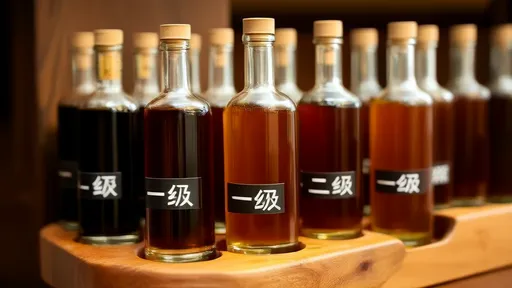
By /Aug 11, 2025
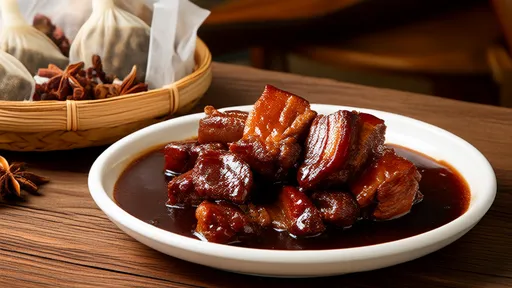
By /Aug 11, 2025
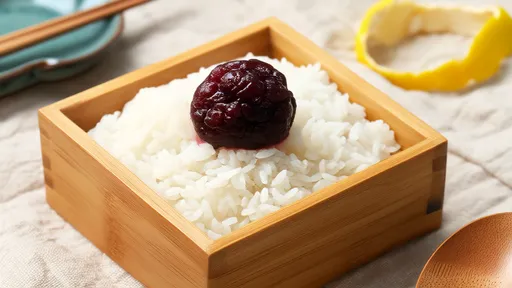
By /Aug 11, 2025

By /Aug 11, 2025

By /Aug 11, 2025

By /Aug 11, 2025

By /Aug 11, 2025

By /Aug 11, 2025
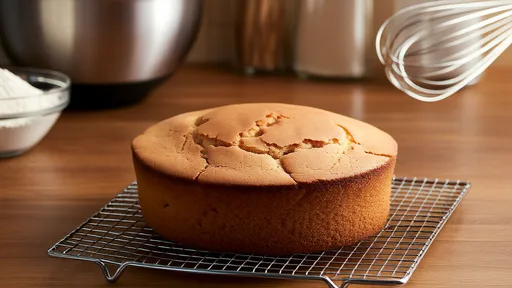
By /Aug 11, 2025
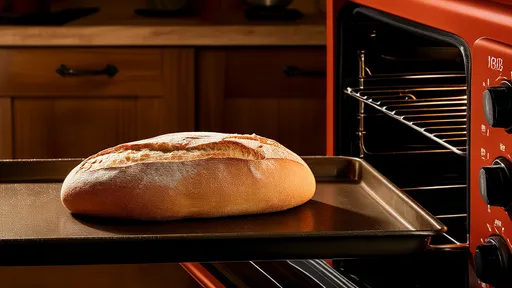
By /Aug 11, 2025
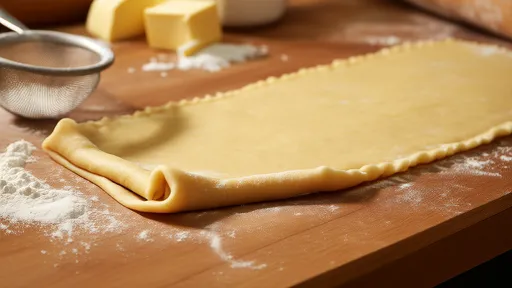
By /Aug 11, 2025
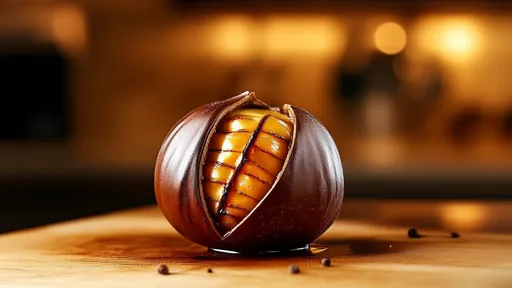
By /Aug 11, 2025

By /Aug 11, 2025
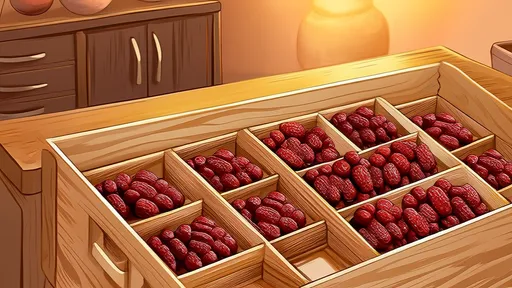
By /Aug 11, 2025
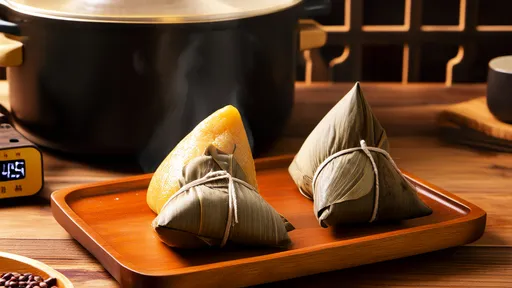
By /Aug 11, 2025
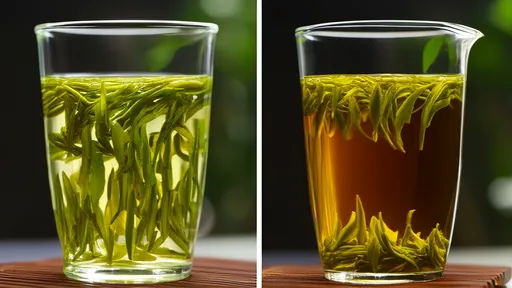
By /Aug 11, 2025

By /Aug 11, 2025

By /Aug 11, 2025

By /Aug 11, 2025